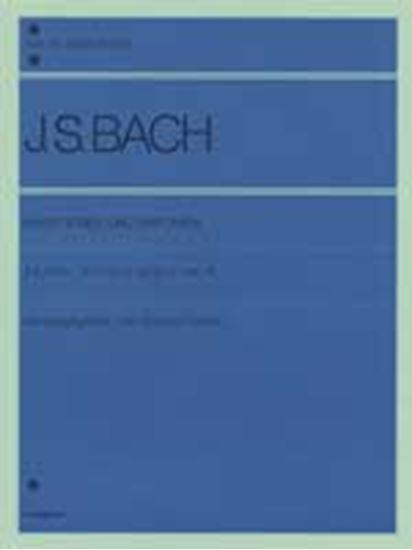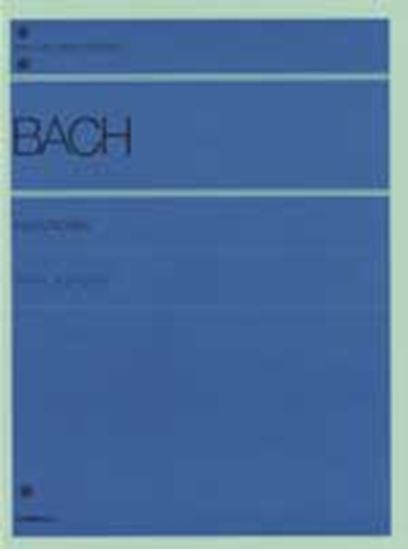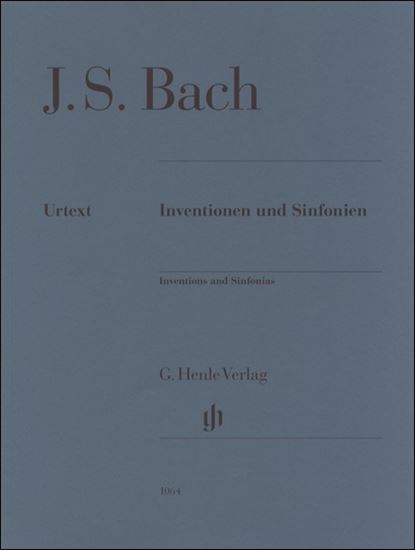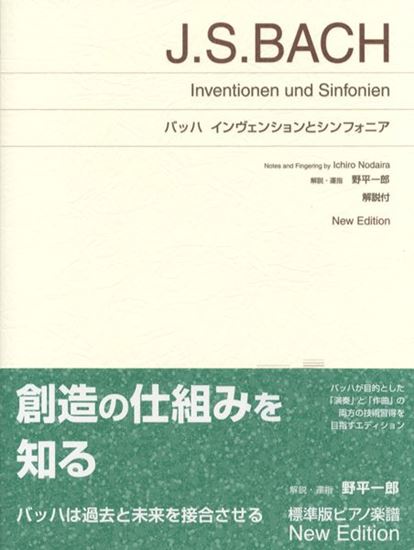Bach, Johann Sebastian : Sinfonia Nr.15 h-moll BWV 801
Work Overview
Genre:pieces
Total Playing Time:1 min 30 sec
Copyright:Public Domain
Commentary (3)
Author : Takamatsu, Yusuke
Last Updated: September 18, 2020
[Open]
Author : Takamatsu, Yusuke
B minor, 9/16 time signature.
This piece is characterized by a free, capriccio-like style of writing. Similar to the Inventions, but particularly in the Sinfonias, where many pieces are strict and fugal in nature, it is surprising that a piece with a light character concludes the collection. If this surprise is interpreted as a form of humor, then this piece is indeed fitting for a capriccio.
The piece largely consists of two main parts. The first part (from m. 1) and the second part (from m. 14) are followed by a coda (from m. 35), with interludes inserted between each section. Before the coda, a pause indicated by a fermata is placed in m. 32, hinting at the possibility of a cadenza. At the very end of the piece, "Finis" is written, clearly stating that with this, the series of "proper instruction" that began with the Inventions has concluded.
Author : Hayashikawa, Takashi
Last Updated: March 15, 2018
[Open]
Author : Hayashikawa, Takashi
Score examples courtesy of Bärenreiter Verlag
Author : Ooi, Kazurou
Last Updated: March 12, 2018
[Open]
Author : Ooi, Kazurou
Sinfonia No. 15 in B minor
Technical Challenges
I believe the primary difficulty of this Sinfonia lies, above all, in its technical demands. The evaluation largely depends on how cleanly and precisely one can play the 32nd notes. In that sense, it might be categorized as one of the technically more challenging pieces among the 15. In any case, it is certain that technical proficiency is required for performance, so let's practice diligently and carefully.
Fingering for Measure 3
The first major hurdle is the soprano voice in measure 3. Broadly speaking, there are two types of fingerings.
The fingering recommended by the Henle edition is as follows:
- Measure 3, Beat 1: 212454
- Beat 2: 242154
- Beat 3: 242142
Another fingering is one that the author would likely use:
- Measure 3, Beat 1: 212353
- Beat 2: 232121
- Beat 3: 353232
Analysis of Measure 3 Fingerings
The difficulty with the second fingering is the leap that occurs when moving from beat 2 to beat 3. Since this leap is wide, the legato will be broken. However, as it is played quite fast, the break is only momentary. More importantly, some players may find this fingering difficult to execute.
The first fingering is designed to cover the difficulty of that leap. However, it also has a drawback: whether the 1-5 fingering appearing in beat 2 is challenging for the player becomes the deciding factor.
Measure 6: An Extreme Challenge
Next, an extremely difficult section is measure 6. The reason it's extremely difficult is that, unlike measure 3, 32nd notes must be played simultaneously by both hands, which can lead to subtle discrepancies or unevenness. Normally, opportunities for the left hand to play arpeggios at such a high speed are indeed rare.
There are versions of fingerings that use the 4th finger and versions that avoid it. I will list both.
Version using the 4th finger:
- Measure 6, Beat 1: 454212
- Beat 2: 424512
- Beat 3: 412424
Version not using the 4th finger:
- Measure 6, Beat 1: 353212
- Beat 2: 323512
- Beat 3: 412323 (Only the beginning of beat 3 uses the 4th finger)
Practice Method for Measure 6
The fingering recommended by the Henle edition uses the 4th finger. In any case, the left hand is difficult to move. Therefore, I will explain what kind of practice is effective. Use the first four finger numbers of beat 2 in the version that uses the 4th finger: 4245. Play D F# D B with this, and repeat it many times. Once you can play this 4245 smoothly and in tempo, you will be able to play this measure. When discrepancies between the left and right hands occur in this measure, it's safe to assume that 90% of the time, it's due to the left hand lagging.
General Practice Advice
Ultimately, both measure 3 and measure 6 should be playable leggiero and p (piano). If unevenness or discrepancies occur when you relax your hand, return to slow practice until you can play it forte again.
Measure 28
Measure 28 is a passage that is only possible on a harpsichord or organ. Here, players should omit or alter notes in either hand as they find convenient. You may even reverse the hands or do anything else you deem appropriate.
PTNA & Partner Channel Videos(2items)
Sheet MusicView More
Scores List (42)

カワイ出版

(株)ヤマハミュージックエンタテインメントホールディングス

(株)全音楽譜出版社

(株)全音楽譜出版社

(株)ドレミ楽譜出版社

(株)音楽之友社

(株)全音楽譜出版社

(株)音楽之友社

(株)音楽之友社

(株)ドレミ楽譜出版社

(株)ドレミ楽譜出版社

(株)ドレミ楽譜出版社

(株)ドレミ楽譜出版社

ヘンレー

ヘンレー

カワイ出版

(株)渓水社

(株)音楽之友社

(株)全音楽譜出版社

(株)エー・ティ・エヌ

(株)全音楽譜出版社

カワイ出版

(株)音楽之友社

(株)音楽之友社

ヘンレー

ヘンレー

(株)学研プラス

















